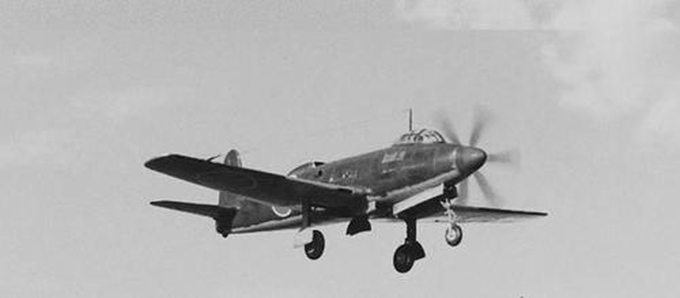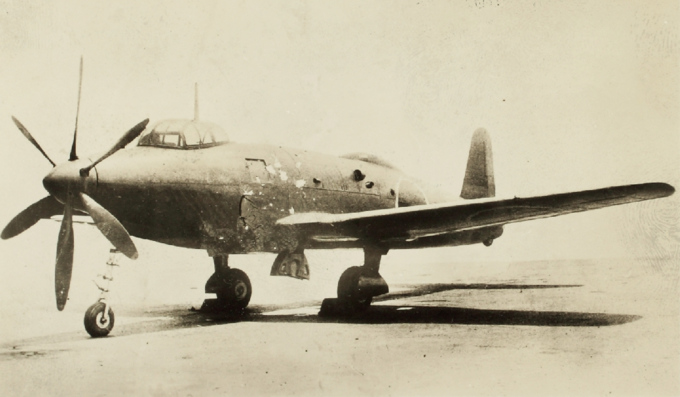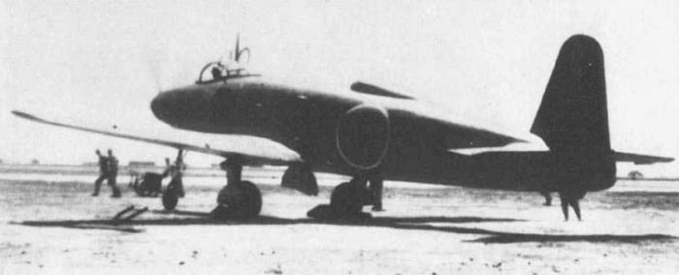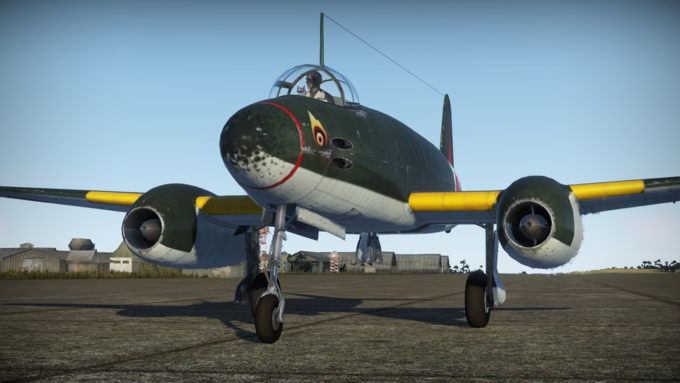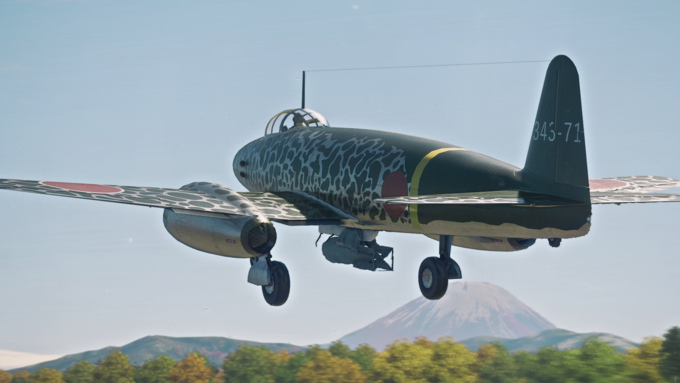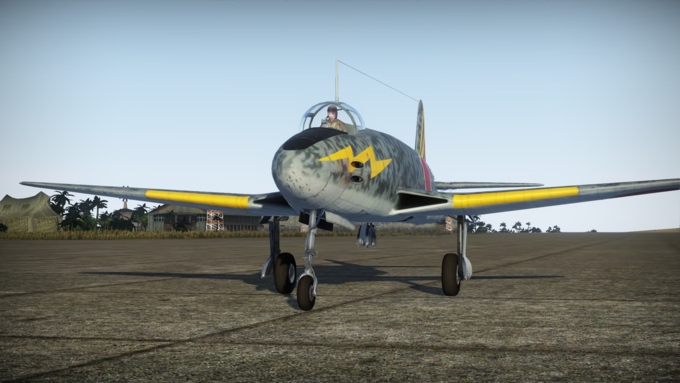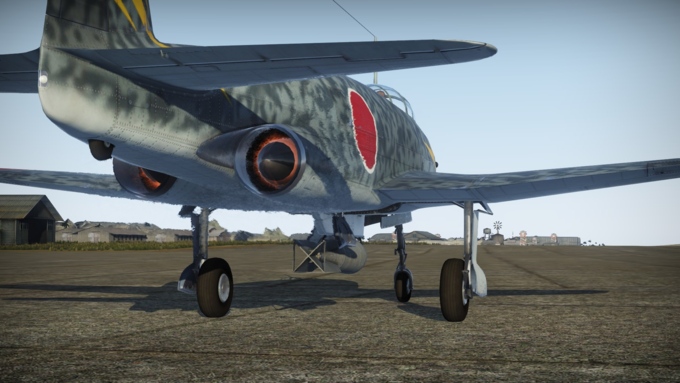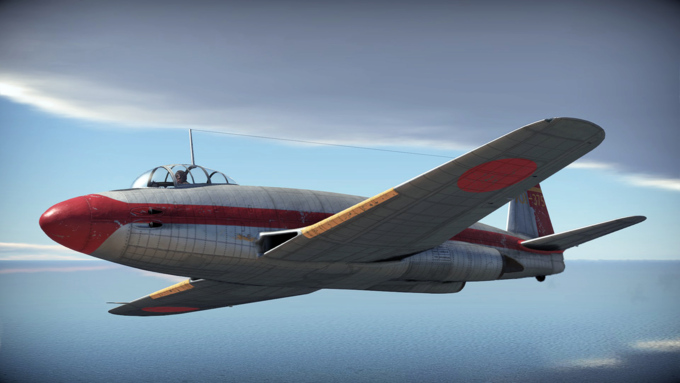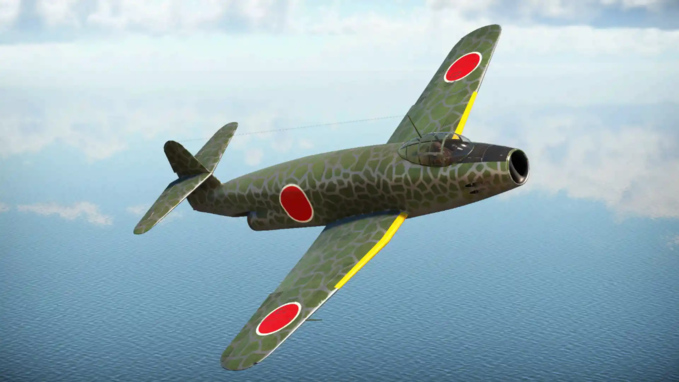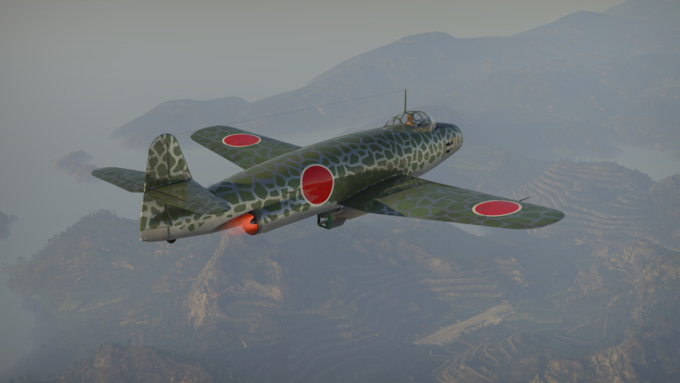The Yokosuka R2Y, designated as Keiun (景雲, Cirrus Cloud), as a unique prototype reconnaissance aircraft with a twin-engine configuration located in the centre of the fuselage and a single-nose propeller driven by an extended shaft. It underwent two test flights in May 1945, but due to engine problems and other issues, it was unable to achieve the required performance by the end of the war.
History
After the cancellation of the R1Y design due to disappointing performance estimates, Yokosuka Naval Arsenal further developed a high-performance high-altitude reconnaissance aircraft with a maximum speed of 740 km/h and a cruising range of 3,333 km or more.
The plane had a Ha-70 engine which was a compound engine composed of two 1,700 hp 12-cylinder liquid-cooled inverted V-12 Aichi Atsuta aircraft engines driving a single six-blade propeller.
In the Autumn of 1944, as jet engines got more attention and the Ne-330 being developed by Mitsubishi, there were plans to mount this new engine on the air-frame and call this variant the R2Y2 KAI making it a jet attacker instead.
In 1945 the first R2Y1 prototype was completed, and test flights were scheduled for May at Kisarazu Airfield. During the first planned test flight, there was an engine malfunction and was rescheduled. A fire broke out in the engine room during the second test flight, and an emergency landing had to occur. The total flight time of the flight was 10 minutes, and the plane was only slightly damaged.
After the test flight, the plane was up for repairs to replace the engine but was bombed during the process. The first prototype plane was the only R2Y to be completed. There was a second plane in the makes, but it is rumoured to have been bombed together with the prototype and couldn't be outfitted with a Ne-330.
For the jet attacker conversion, there were two plans to outfit the engine on the R2Y, the first being to hang two engines on the wings and the latter to build in the engine with the fuselage and have the air intake in the nose to feed two jet-engines in the back of the fuselage. These plans are speculation, and the reality of these vehicles is unclear, like many other Japanese prototypes.
